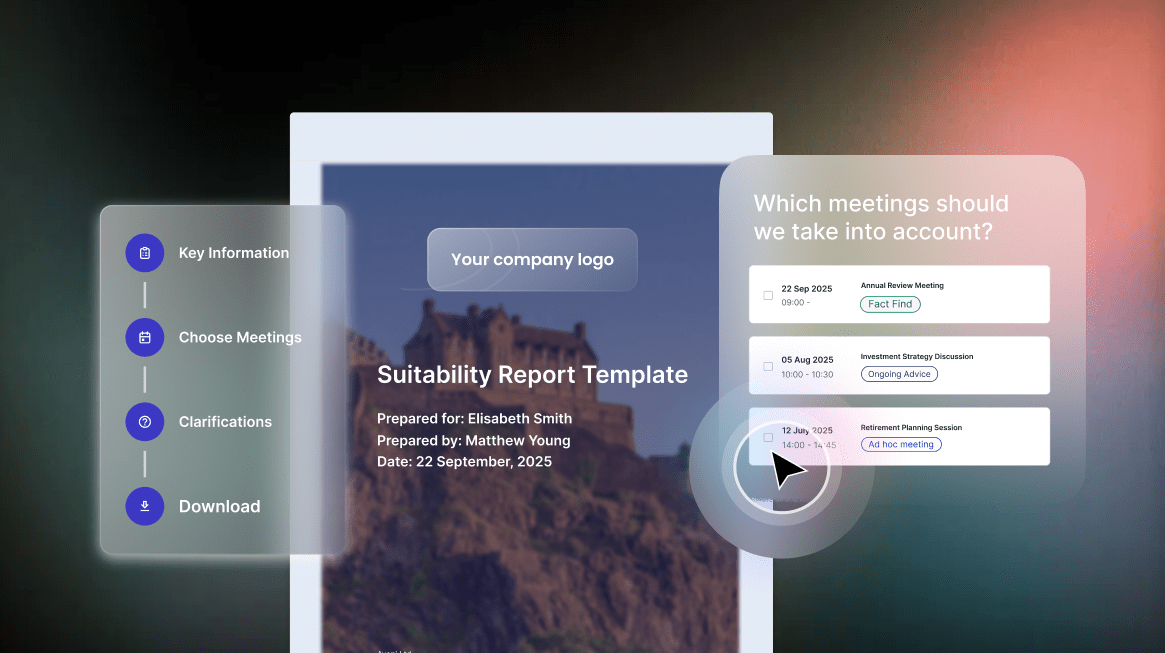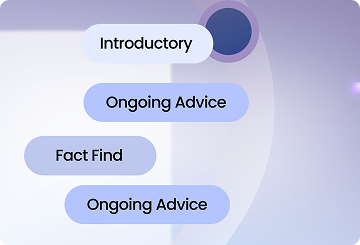If you’ve recently heard someone yell “6-7!” and had to Google it to protect your remaining dignity, same here. The phrase has spread across TikTok and classrooms at alarming speed. Nobody seems entirely sure what it means, yet everyone keeps shouting it.
Naturally, we decided to investigate. We may not understand Gen Alpha slang, but we do understand patterns. And this particular meme is a surprisingly good metaphor for the way meaningless routines spread inside organisations.
So, What Does 6-7 Actually Mean?
The short answer: nobody really knows.
The long answer: it started in a track called Doot Doot (6 7) by Skrilla, then somehow merged with basketball references to LaMelo Ball, who happens to be 6 ft 7 inches tall. From there, TikTok did what TikTok does. It repeated the phrase until meaning became optional.
Some people think “6-7” means “average”. Others think it’s a height joke. Some insist it represents a general vibe. Whatever it once meant, it now mostly means “you wouldn’t understand, and that’s sort of the point”.
It’s the linguistic equivalent of a teenager rolling their eyes in number form.
Why Does Something So Meaningless Spread?
Because that’s how humans work online.
-
It’s easy to copy.
-
It sounds like an inside joke.
-
It makes people feel part of something.
-
It confuses adults, which only makes it funnier.
In short, we share it simply because it exists. Which brings us neatly to the world of automation, where repetition often happens for the same reason.
The Aveni Parallel: When “6-7” Happens in Business
You’ve probably seen your own version of “6-7” at work.
Tasks people do because “we’ve always done it this way”.
Processes nobody remembers setting up.
Spreadsheets nobody dares delete.
These are corporate memes. They spread without meaning, absorb resources, and quietly drain productivity.
Aveni helps uncover and fix them. We analyse workflows, identify what’s useful, automate what’s repetitive, and retire what’s just noise.
Because in business, unlike TikTok, meaning actually matters.
Three Lessons From “6-7” for Automation Teams
1. Patterns Spread Easily
People copy what they see. If one person shouts “6-7”, ten more will follow. The same thing happens with manual tasks. Once a workaround becomes habit, it sticks. Aveni helps uncover those habits and replaces them with proper automation.
2. Clarity Beats Confusion
“6-7” works precisely because it’s confusing. That might be fun on social media, but it’s disastrous in compliance workflows. Aveni turns ambiguity into structured, explainable processes.
3. Culture Needs Guiding
Teachers now have to ban “six-seven” in classrooms. Leaders face a similar challenge when introducing new technology. Culture spreads faster than control. Successful automation requires communication and consistency, not just clever software.
What to Do With This Newfound Knowledge
Start spotting your own “6-7s” AKA the repetitive tasks that no one can justify. If a workflow exists purely because “that’s how we’ve always done it”, it’s ready for review.
We might not be able to explain why teenagers are chanting numbers in corridors, but we can help you understand why your teams repeat processes that no longer serve a purpose.
Final Thoughts – What does 6-7 mean?
We may never truly know what “6-7” means. And that’s fine. Some mysteries are best left to Gen Alpha.
But in your organisation, mystery has a cost. Every meaningless or inefficient process eats into productivity and compliance capacity. That’s where Aveni comes in. We bring meaning, traceability and structure back into the parts of work that have quietly turned into memes.
So the next time you hear “6-7”, remember this. The internet thrives on chaos. Your workflows should not.






